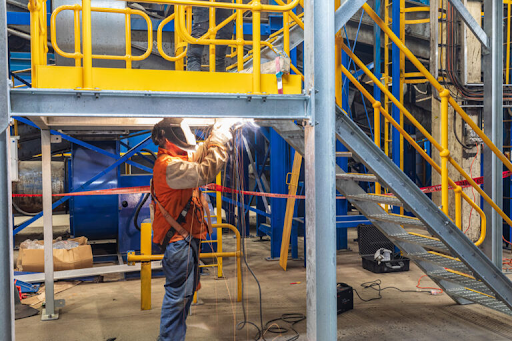Businesses have started implementing AI-enabled solutions to facilitate digital onboarding, as it saves time and is cost-effective. More importantly, integrating digital onboarding into the processes is pivotal in making seamless processes for clients, vendors, and your employees. Moreover, the best aspect of digital onboarding is carrying out the tasks remotely without manual intervention.
Since the manual intervention is minimal and the entire process occurs digitally, organisations can facilitate fast, secure, and straightforward onboarding of their customers and employees via this solution. But how does it work?
How Does Digital Onboarding Work?
To understand digital onboarding, let’s learn about manual onboarding first. For instance, while onboarding employees manually, multiple physical documents undergo a lot of back and forth over several touchpoints. It includes manually filling forms, printing a series of papers, manually and verifying the applicants’ identities. It is time-consuming and requires significant financial and human resources from the company.
With digital onboarding, the organisation would receive the data and facilitate digital documentation and verification processes via AI-enabled solutions. Hence, the automated solution with minimal manual intervention minimises the time required for vendor onboarding or employees.
Moreover, if you have these processes for clients, the seamlessness reduces the drop-off rates and ensures customer satisfaction. Online onboarding processes are part of the operations for a wide range of businesses, including banking institutions, corporations, agencies, insurance-related organisations, enterprises dealing with financial assets, etc.
Digital Onboarding Process:
As the processes occur digitally, businesses can access the stored data anytime. These organisations can onboard clients or employees without worrying about security issues and meet regulatory requirements due to the specially coded technical and security control steering the process.
Typically, here are the steps and checks involved in digital onboarding:
- PAN verification
- e-KYC via Aadhar-based authentication
- Geotagging for assessing the location
- Video call for liveness detection and identity verification
- System and the agents verifying the details
- Steps completion with the sharing for the verification report
Types of Online Onboarding:
● Onsite Onboarding:
It is the conventional onboarding method, requiring individuals to interact with a business’ professionals physically. Also, it includes a barrage of paperwork.
● Semi-onsite Onboarding:
The companies receive applications and or digital documents online but complete the process offline.
● Digital Onboarding:
This process is remote and completely digitised; individuals do not have to interact with the POC physically, as the entire process occurs remotely.
Advantages of Digital Onboarding:
● New employees can be integrated into the company faster and start working sooner for the company. Digital onboarding allows for this process to be diversified, allowing the employees to get the experience and on-the-job training much quicker. Moreover, such a seamless process creates a positive impression on the candidate, enhancing employee productivity and reducing the attrition rate.
● It reduces the costs since there’s less time and resources spent on receiving and validating the necessary information. As digital onboarding requires minimal manual intervention, it saves the company’s human resources’ time. It also reduces the cost of ink and paper that would usually be used for this process if done manually.
● Digital onboarding enables the companies to give out the latest and most updated version of policies and forms for the new hires in the company as that can be updated once and at one place digitally. This can significantly reduce any confusion and lawsuits that might occur due to unintended misunderstanding.
● It also makes it possible to track the items that the individuals involved in the onboarding process have missed. All the data gets stored digitally, making tracking frictionless.
The AI-driven digital onboarding process will help you quickly accelerate onboarding without delay in a systematic manner.








